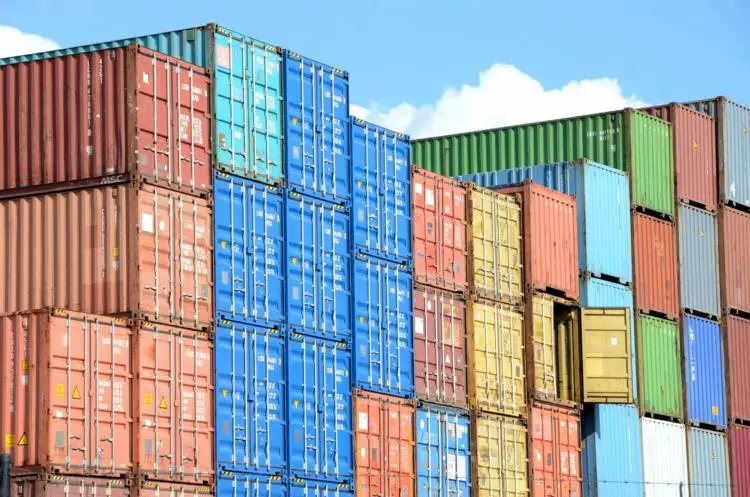Exports of goods from Kenya remained strong, growing by 11.1 percent in the first half of 2021 compared to a similar period in 2020.
This is according to fresh data by Central Bank of Kenya which indicates that receipts from exports of horticulture and manufactured goods rose by 29.4 percent and 45.2 percent, respectively, in the first half of 2021 compared to a similar period in 2020.
However, receipts from tea exports declined by 5.5 percent, partly due to the impact of accelerated purchases in 2020.
Travel and transport receipts continued to recover in 2021 with the resumption of international travel.
Remittances were robust at USD305.9 million in June 2021, and were 20.4 percent higher in the first half of 2021 compared to a similar period in 2020.
The value of Export of Goods and Services Increase By 9.8%
More findings
Separate data released earlier this month by Deloitte revealed that the adverse impact of the COVID-19 pandemic felt in the horticulture and floriculture sub-sectors eased down in Q3 and Q4 2020.
The volume of coffee exported decreased by 10.3 percent from 50.6T in 2019 to 45.4T in 2020 while the value increased by 9.9 percent from Sh20.9 million in 2019 to Sh23 million in 2020.
The volume of tea exported increased by 21.1 percent from 475.3T in 2019 to 575.5T in 2020 while the value increased by 14.8 percent from Sh113.5 million in 2019 to Sh130.3 million in 2020.
The volume of horticultural produce exported increased by 86.3 percent from 292.8T in 2019 to 545.6T in 2020 while the value increased by 3.3 percent from Sh112.7 million in 2019 to Sh116.4 million in 2020.
Another finding by Stanbic Bank’s Purchasing Managers’ Index revealed that Kenyan firms selling to foreign clients saw a strong rise in new export sales at the end of the second quarter of the year.
According to the PMI report, surveyed businesses often commented that looser restrictions in European countries contributed to an increase in export demand.
The rate of growth slowed from May but remained stronger than the series average.
Imports
Import of goods increased by 21.9 percent in the first half of 2021 compared to a similar period in 2020.
CBK said this was mainly reflected by increases in imports of oil and other intermediate goods.
As of May, imports of goods had increased by 15.2 percent in the first 4 months of 2021 compared to a similar period in 2020, largely as a result of improvements in imports of intermediate goods.
KENYA SEEKS $600M FROM CHINA TO PLUG BUDGET DEFICIT
Exports vs Imports
The country’s trade deficit narrowed by 16.97 percent, or Sh204.57 billion, in 2020, according to KNBS which said this was driven by a double-digit drop in imports amid disruptions in global supply chains as a result of Covid-19 shutdowns and restrictions.

The deficit – the gap between imports and exports – dropped to Sh1.001 trillion in 2020 from nearly Sh1.21 trillion in 2019.
KNBS also revealed that the value of imports dropped by 8.81 percent or Sh158.74 billion to Sh1.64 trillion in 2020 compared with a year earlier, while total exports increased by 7.77 percent to Sh641.21 billion.
The decline in value of imports was helped by a Sh103.78 billion, or 31.42 percent, drop in expenditure on petroleum products imports to Sh226.53 billion.
This was on the back of reduced global prices and slowed economic activity.
Orders for machinery and other capital goods also contracted Sh45.62 billion to Sh278.91 billion, at a time key sectors such as manufacturing suffered a slowdown on low activity.
Fast forward to this year, CBK says the country’s value of imported chemicals hit a record Sh36.2 billion in March, mostly catering to the huge cost of COVID-19 prevention and treatment.
The Sh36.2 billion was an increase of 62.7 percent, compared to March 2020, with a huge chunk of imports consisting of COVID-19 vaccines, laboratory reagents and sanitizers, according to The Standard.
“This was more than what the country paid for the importation of petroleum products, which is usually the highest import,” the news portal noted.
Overall, the country’s current account deficit is estimated at 5.4 percent of GDP in the 12 months to June, and is projected at 5.2 percent of GDP in 2021.











